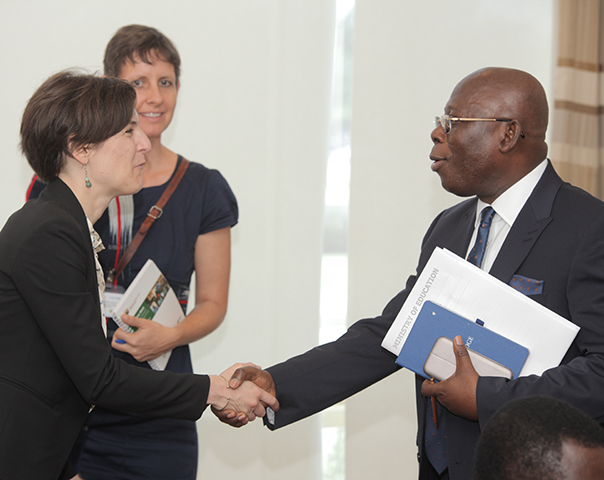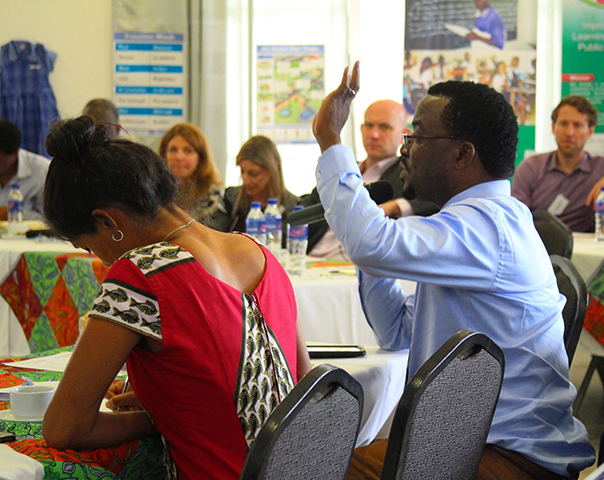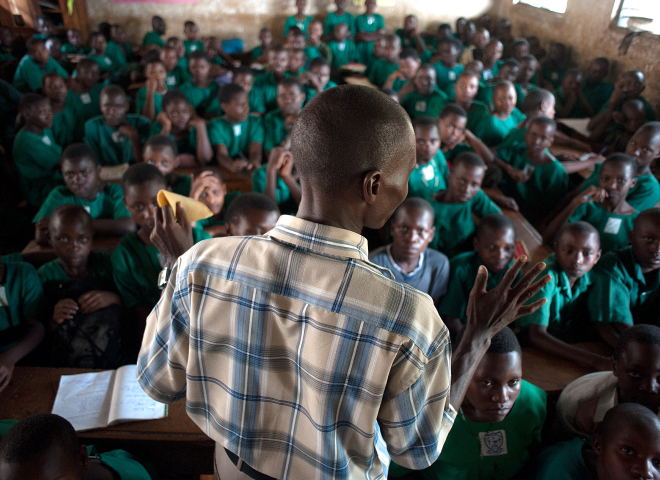Focused deterrence targets the individuals or groups most responsible for violence by combining enforcement, community engagement, and support to change behavior and reduce crime. First introduced in Boston in 1996 as Operation Ceasefire, it has shown promise in many U.S. cities and is now being adapted in Mexico City through the Alto al Fuego initiative. Alto al Fuego integrates focused law enforcement, social services for at-risk individuals, and communication to prevent violence and offer alternatives.
Researchers conducted a randomized pilot evaluation to measure the impact of Alto al Fuego initiative on violence prevention in Mexico City.
The first pilot in Plateros, a high-crime area, has shown positive early results, with substantial and sustained reductions in homicides and shootings (as a contained pilot, however, causality cannot yet be firmly established). Strong leadership, inter-institutional coordination, and community involvement have supported progress. However, structural barriers remain. Further research and adjustments are key as the program scales citywide.











